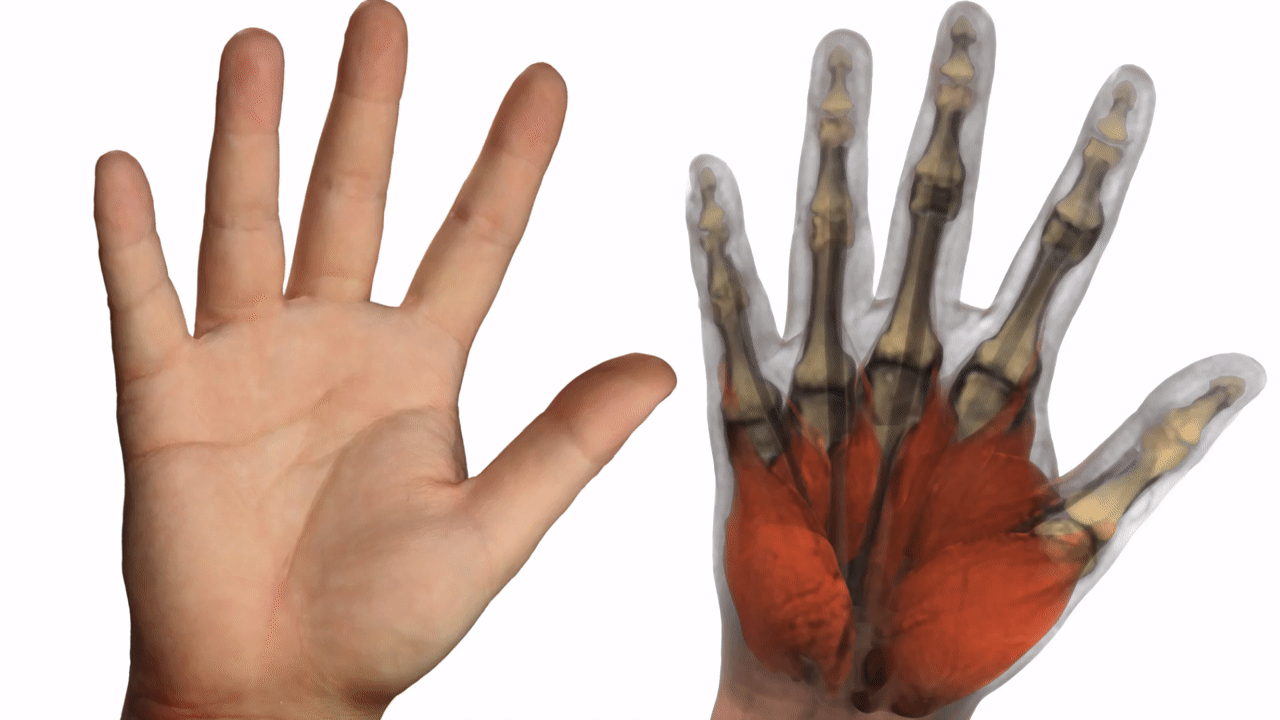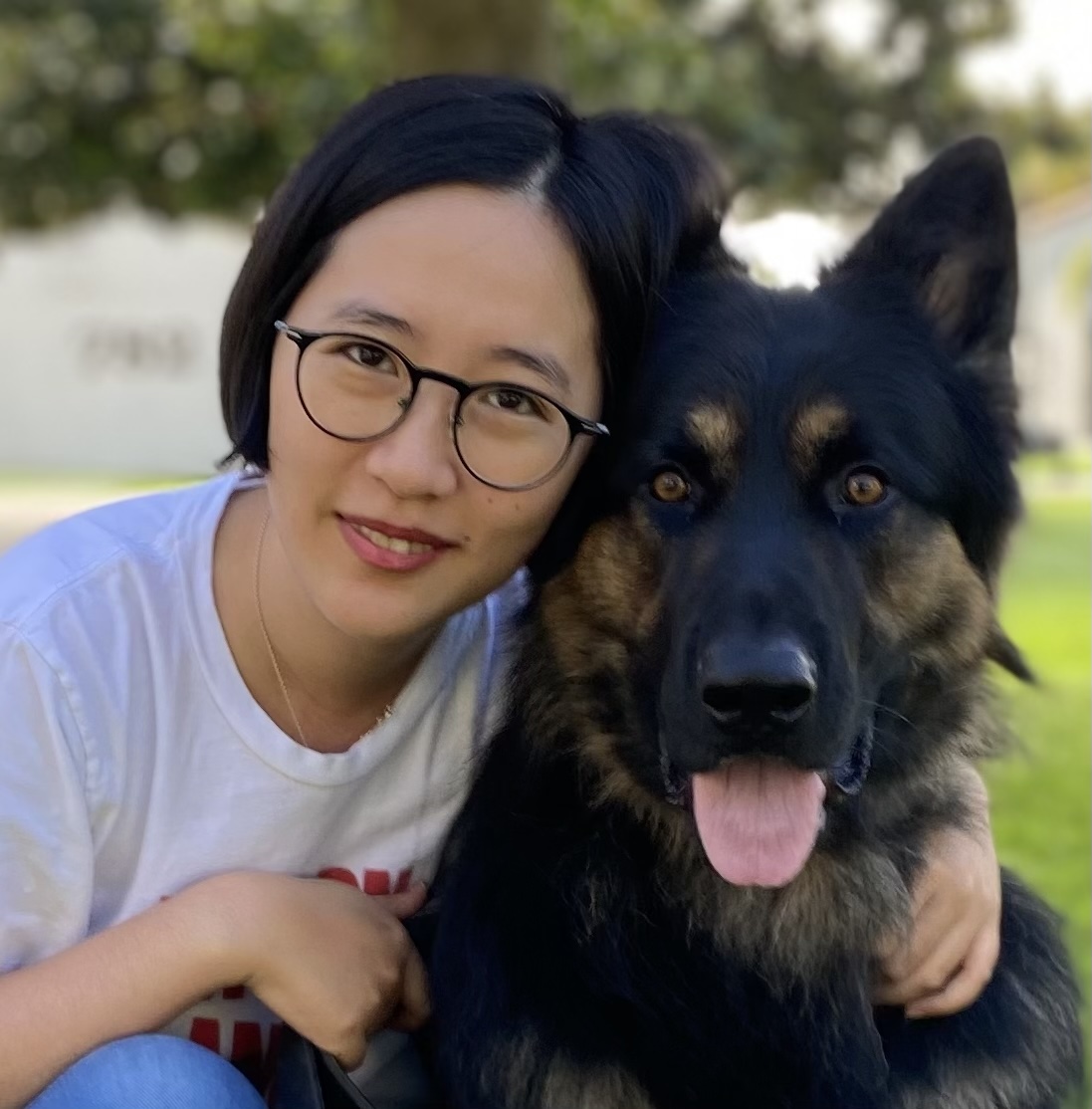Publication
Simulation of Hand Anatomy Using Medical Imaging

Abstract: Precision modeling of the hand internal musculoskeletal anatomy has been largely limited to individual poses, and has not been connected into continuous volumetric motion of the hand anatomy actuating across the hand's entire range of motion. This is for a good reason, as hand anatomy and its motion are extremely complex and cannot be predicted merely from the anatomy in a single pose. We give a method to simulate the volumetric shape of hand's musculoskeletal organs to any pose in the hand's range of motion, producing external hand shapes and internal organ shapes that match ground truth optical scans and medical images (MRI) in multiple scanned poses. We achieve this by combining MRI images in multiple hand poses with FEM multibody nonlinear elastoplastic simulation. Our system models bones, muscles, tendons, joint ligaments and fat as separate volumetric organs that mechanically interact through contact and attachments, and whose shape matches medical images (MRI) in the MRI-scanned hand poses. The match to MRI is achieved by incorporating pose-space deformation and plastic strains into the simulation. We show how to do this in a non-intrusive manner that still retains all the simulation benefits, namely the ability to prescribe realistic material properties, generalize to arbitrary poses, preserve volume and obey contacts and attachments. We use our method to produce volumetric renders of the internal anatomy of the human hand in motion, and to compute and render highly realistic hand surface shapes. We evaluate our method by comparing it to optical scans, and demonstrate that we qualitatively and quantitatively substantially decrease the error compared to previous work. We test our method on five complex hand sequences, generated either using keyframe animation or performance animation using modern hand tracking techniques.
Our results:
